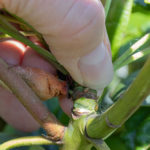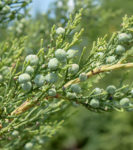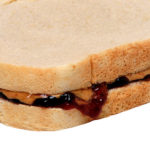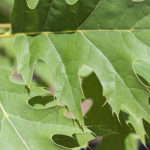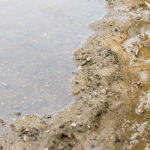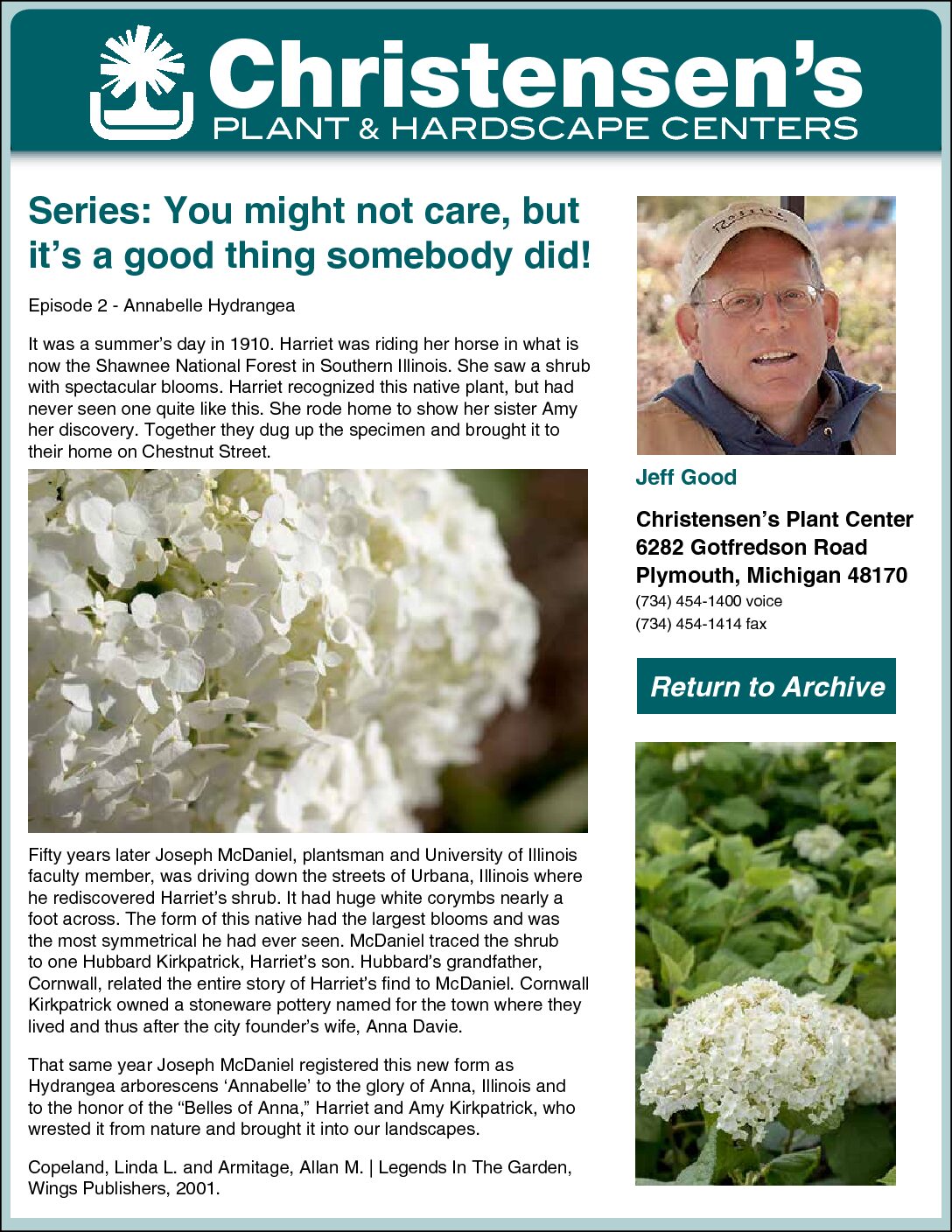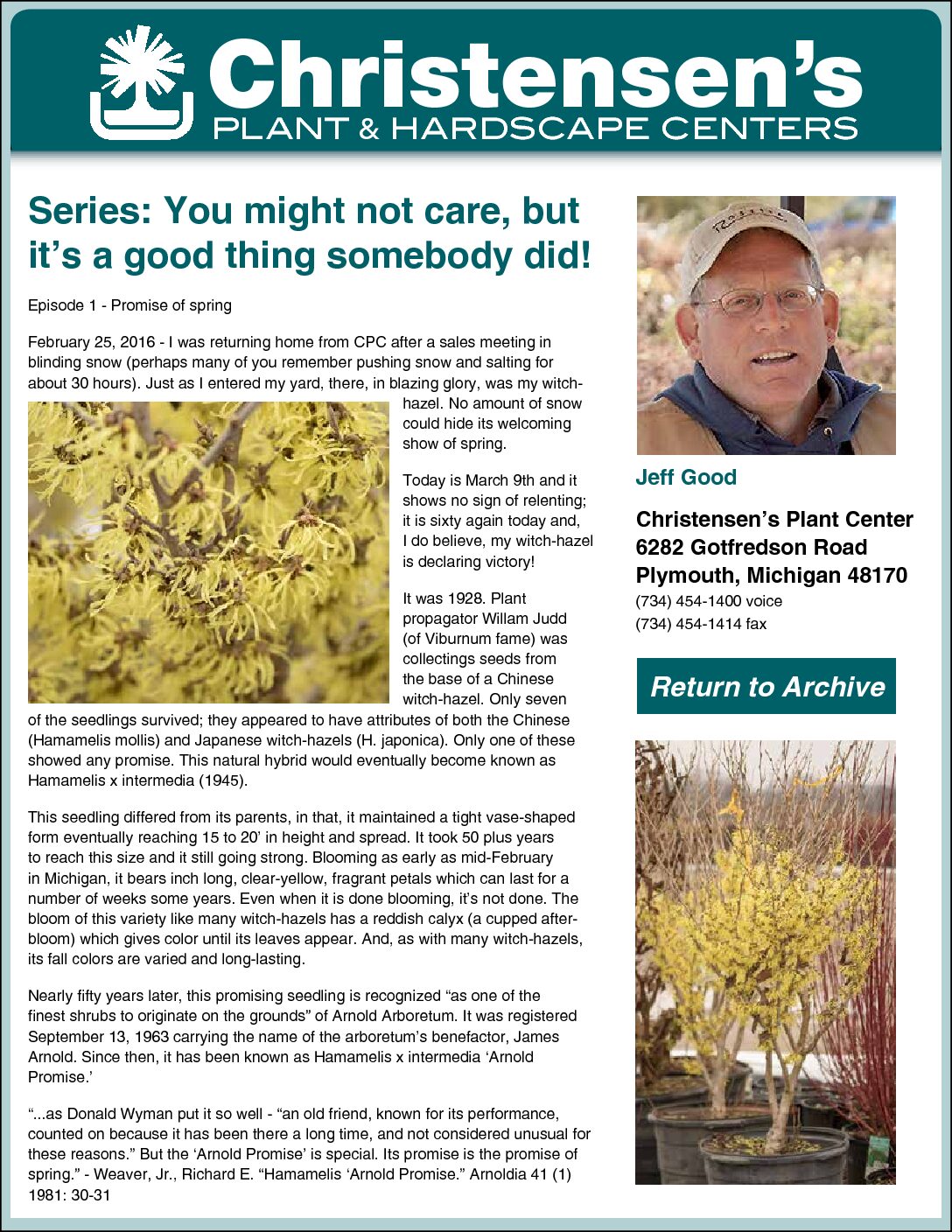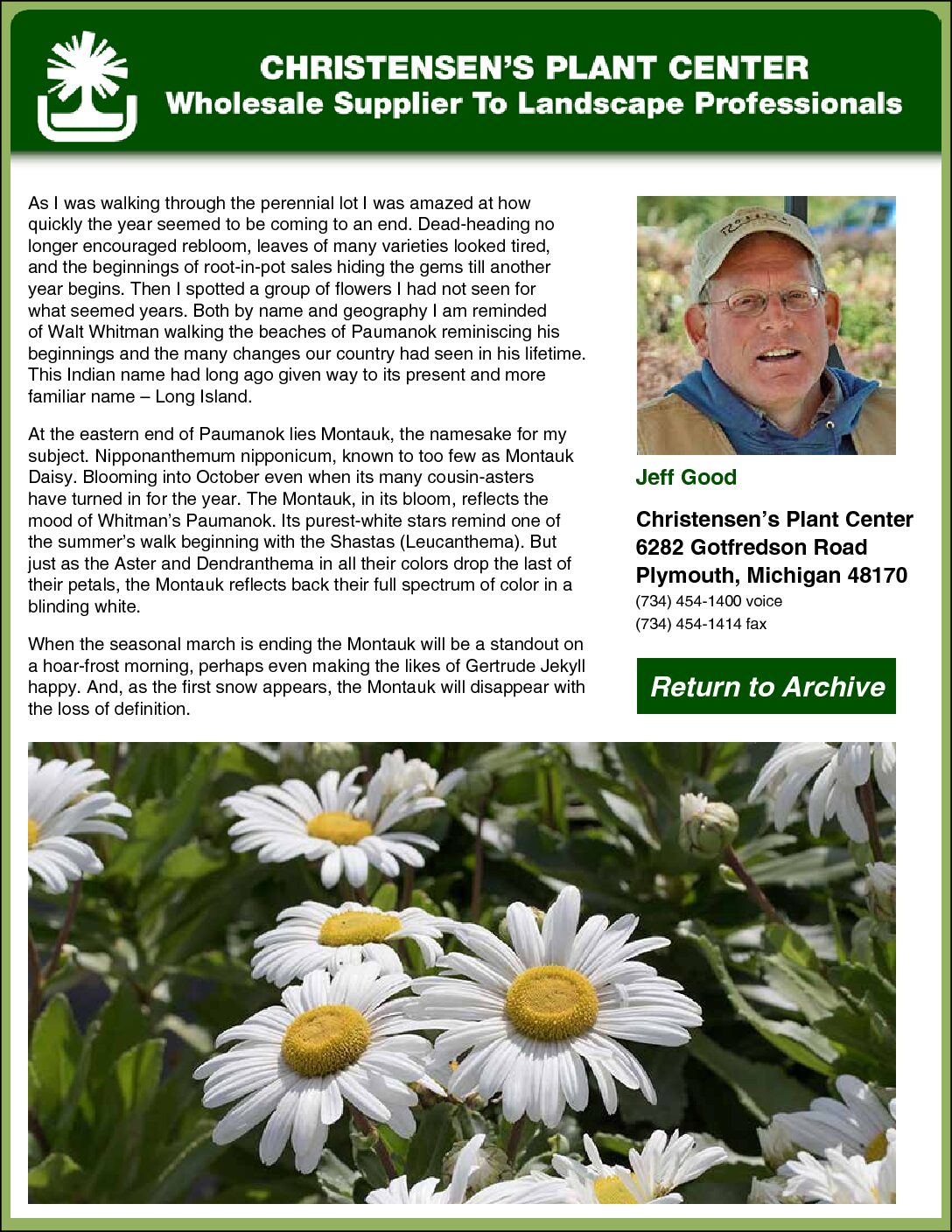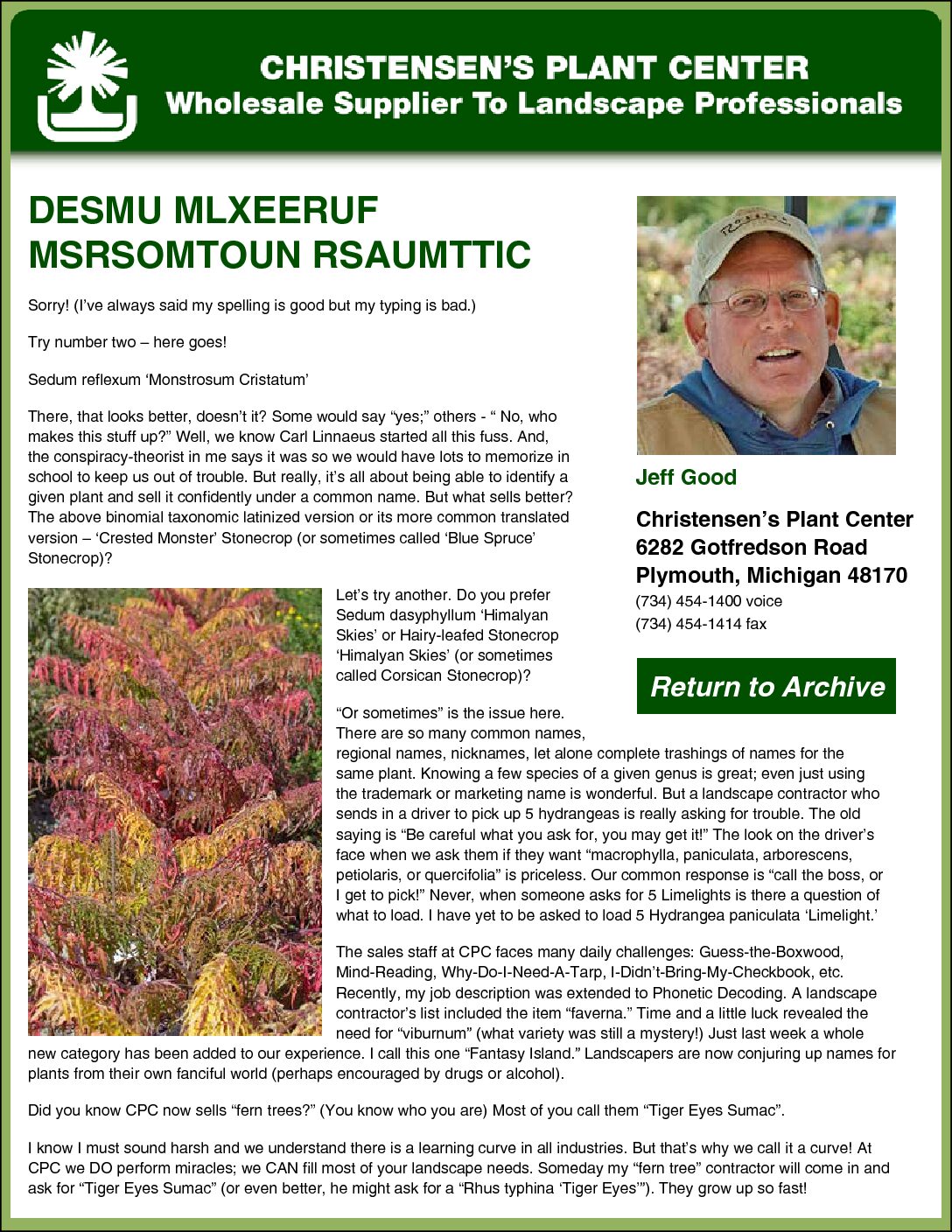In 2006 Nintendo introduced its new home video game console called "Wii". Six years earlier the Austrian company Redbull introduced the advertising campaign “Redbull gives you wiiings!" No, “wiiings” is not spelled wrong and it doesn’t really make you fly - my guess is that it mimics its German equivalent “flügel” which has an umlaut above the “u” - or two dots. And it does give you wiiings to soar, if caffeine and taurine work for you. A multi-sensory metaphor unparalleled in its success.
In 1753 Linnaeus introduced his binomial nomenclature system for plants in Species Plantarum. His system consisted of Genus - usually expressed as a noun in the Latin nominative case - and species expressed adjectivally. Simple enough! Then comes along the International Code of Botanical Nomenclature which spells out in rigorous detail its do’s-and-don’t’s.

Carl Linnaeus - Wikipedia
In Division II Rules and Recommendations, Chapter III Nomenclature of Taxa, Section 4 Naming of species, Article 23 it describes in nauseating detail how to describe one plant within a Genus from another. Its awful! But this finally gets me to my point. On more than one occasion (but not many) a contractor has asked me “What’s with the double i?"
You’re probably going to be sorry they asked.

Clematis 'Jackmanii'
Using the Genus Viburnum because it happens frequently there, you will see V. x juddii, V. x burkwoodii, V. x sieboldii, et al. The double “i” is used with proper names of people and places giving credit to them as discoverer, propagator, caretaker, or in honor of. For example, in 1924 William H Judd of the Arnold Arboretum planted his hybrid seedling, observing its first bloom in 1929, and naming it in 1934. Viburnum x burkwoodii was introduced by the Burkwood and Skipworth Nursery in Kingston-on-the-Thames, England in 1924. Philipp Franz von Siebold was a German doctor who went to Nagasaki, Japan in 1823 acting for the Dutch government as physician, botanist, and political spy.

Viburnum x juddii
It is a simple but tedious process to Latinize English names and places. Adding “us” to masculine names converts an English noun to Latin. For species, inserting a long “i” before the “us” can turn a name into an adjective; similarly in English adding an ”y” ( or “ly”) to the word - “bump” becomes “bumpy” and “friend” becomes “friendly.” Finally, the adjectival species name must be in the possessive or genitive case to show ownership or origination which is “i.” Ergo, “us" becomes “ius” which becomes “ii” (which is pronouced long e, long i). In English we would add ”-’s” as in “Judd” which becomes “Judd’s.”
Hopefully that wasn’t too painful!

Chamaecyparis obtusa 'Crippsii'
The usuage of “-ii” is so rare in English that it makes us stop and take notice. The advertisers of Redbull probably knew this and Linnaeus, by accident, makes us pause to wonder about some of the great contributors to horticulture and to many of the plants we commonly use but take for granted!


